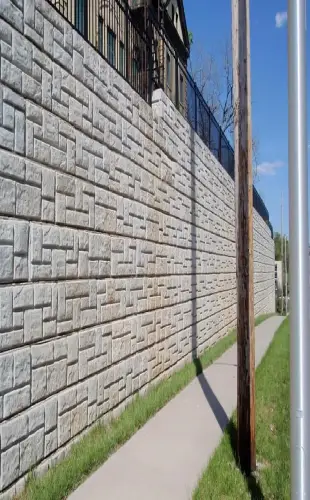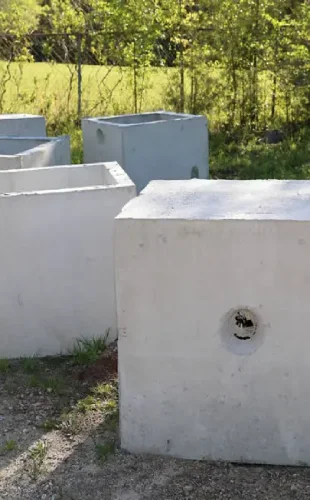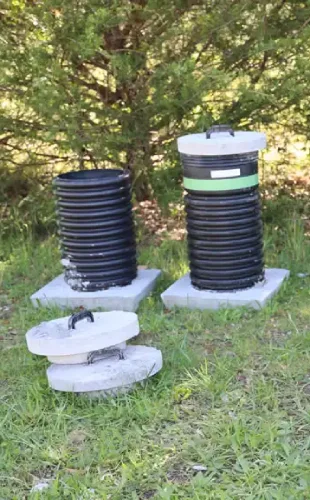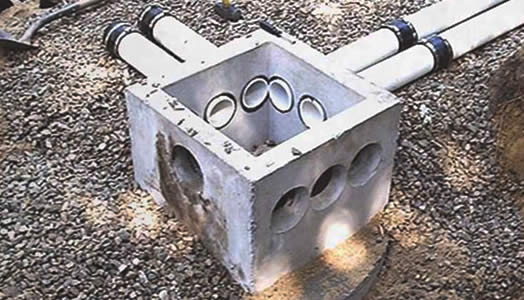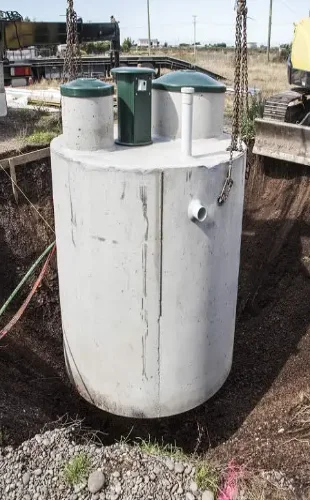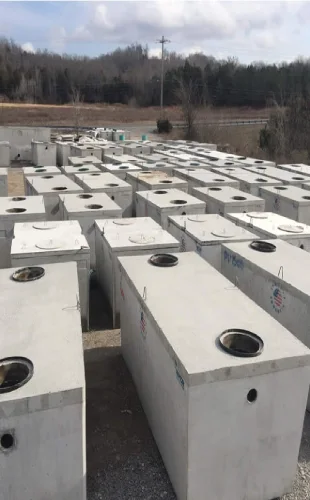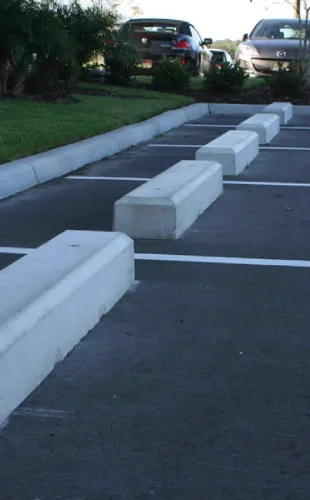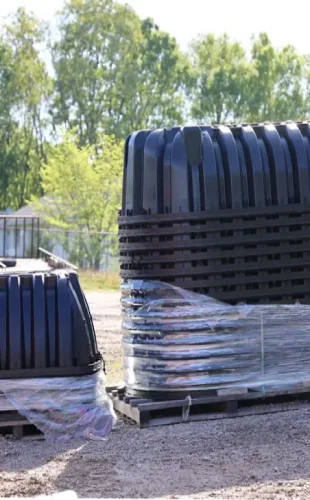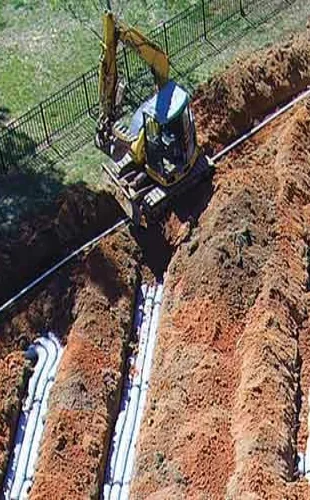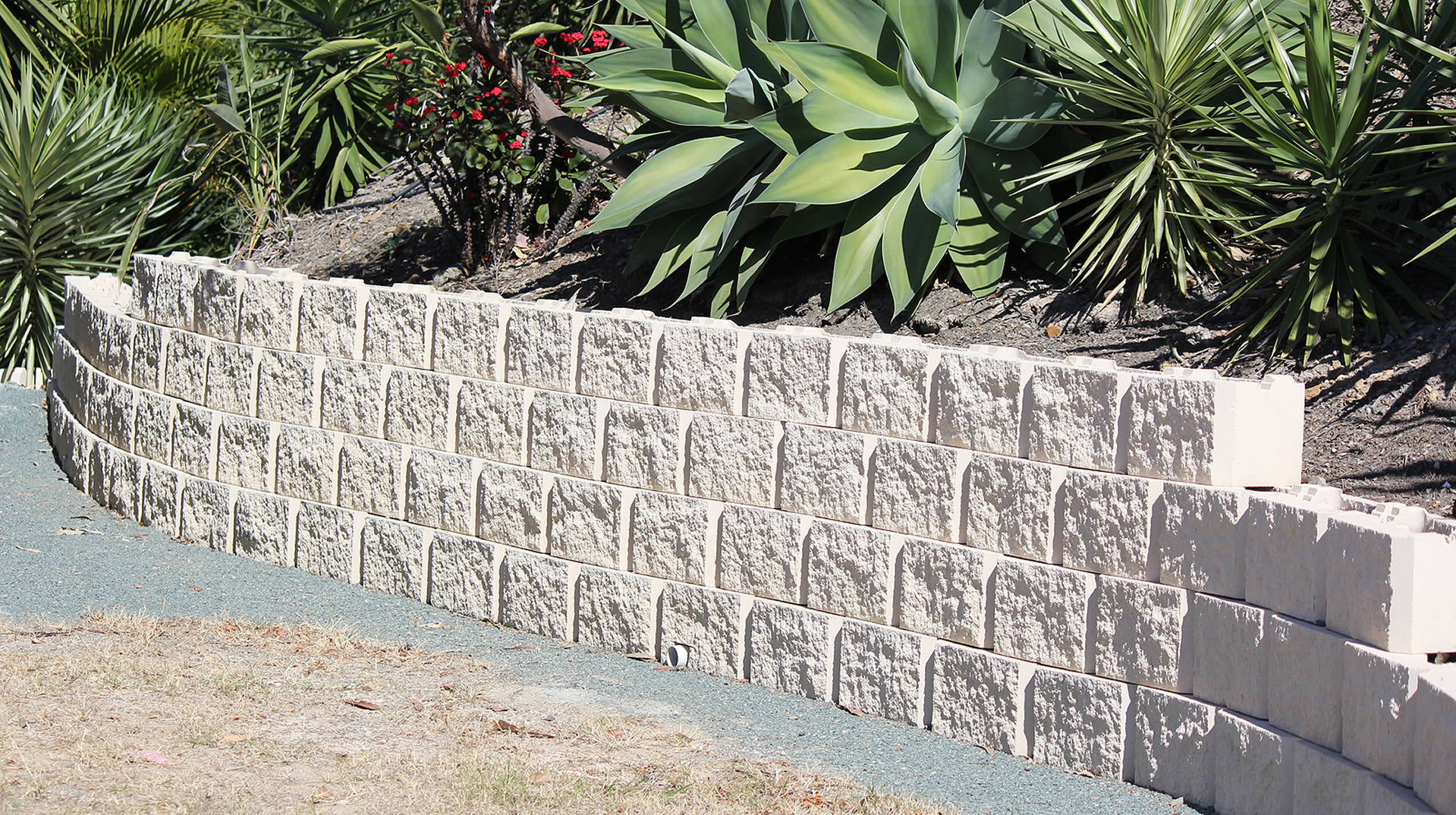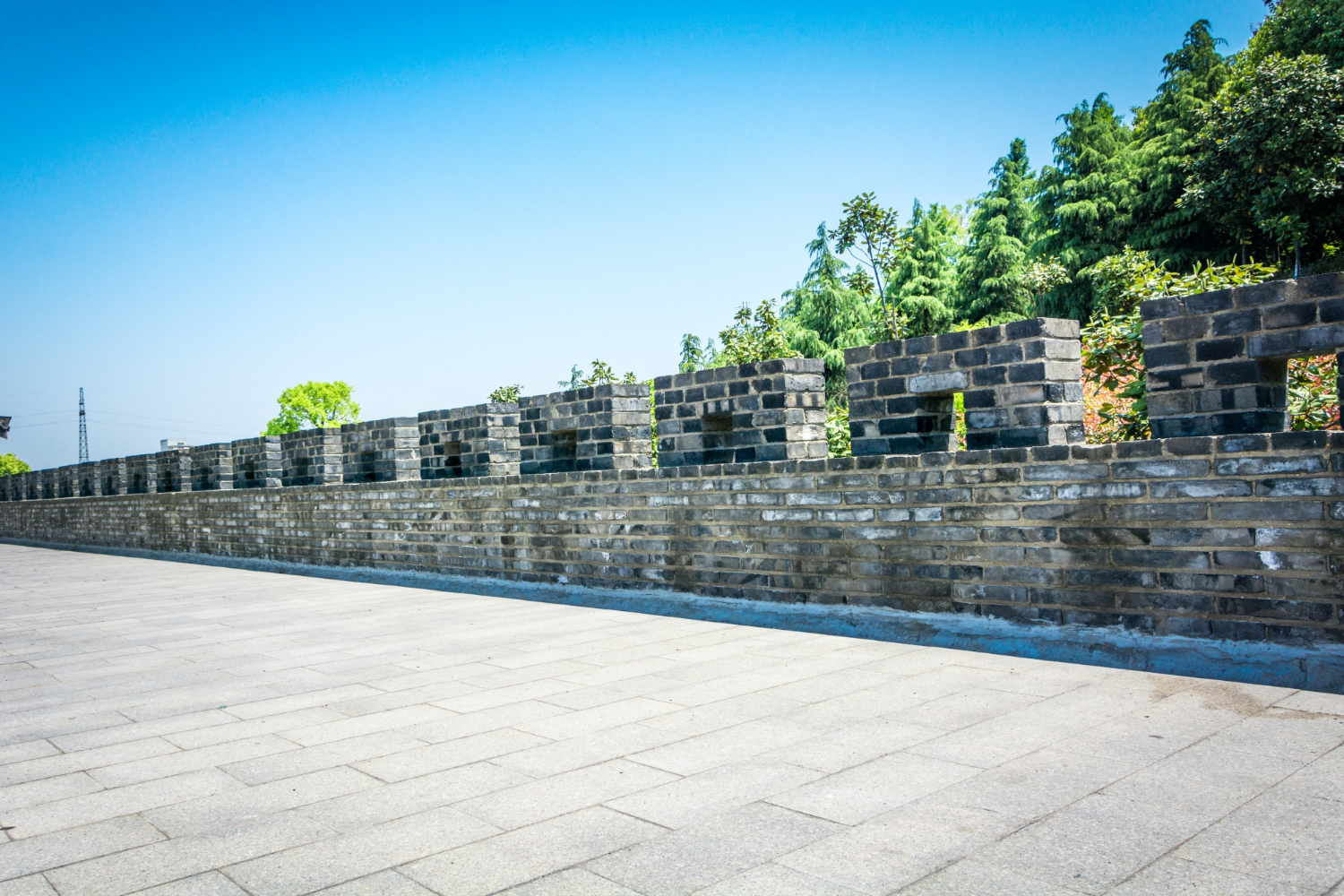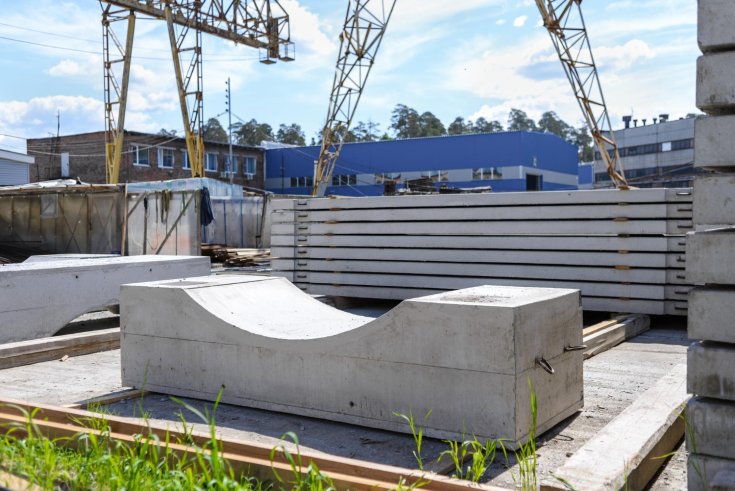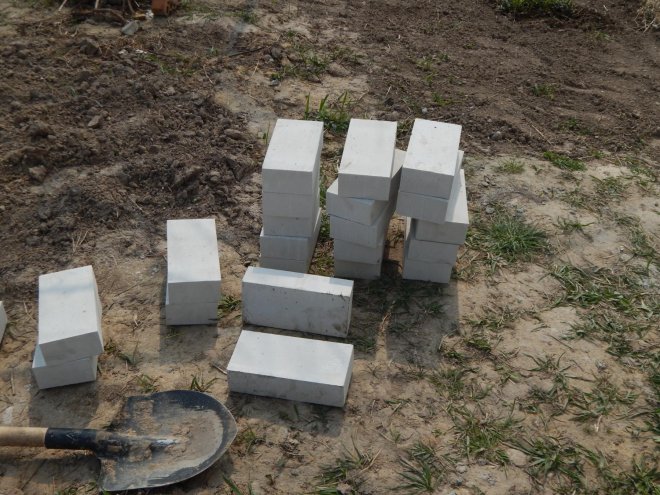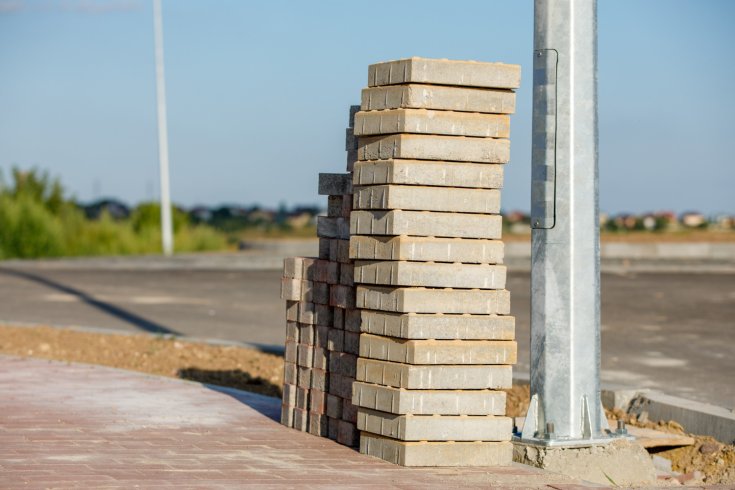Garrett Precast is a premier precast company that specializes in manufacturing high-quality precast products, including retaining walls. Our experts are familiar with the process involved in building retaining walls and other precast products. In this post, we’ll answer the question regarding how high retaining walls should be built. Keep reading to learn more.
Residential Retaining Wall Heights
In most residential applications, retaining walls typically range between 3 to 4 feet in height. This height is often sufficient to manage slight elevation changes, prevent erosion, and create leveled areas for gardens or patios. Walls within this height range can often be built without heavy equipment or professional engineering, especially if you're using interlocking blocks or natural stone.
However, once a retaining wall exceeds 4 feet in height, it enters a different category of construction. Taller walls require a more detailed understanding of soil mechanics, structural load, and drainage. Without proper engineering and reinforcements, a wall over 4 feet is at risk of failure, which could lead to serious property damage or safety hazards.
Engineering Requirements for Tall Retaining Walls
Retaining walls that are over 4 feet tall typically require professional engineering and may also need a permit, depending on your local municipal regulations. The height limit before requiring a permit varies by region, but most jurisdictions require engineering approval once the wall surpasses 4 feet, especially if it’s retaining a slope near a structure or public area. If you’re not sure about the height limit, it’s a good idea to consult with a trusted precast company.
Engineers will consider several variables, including:
- Soil Type and Compaction: Different soil types exert different pressures on a wall. Clay soil, for example, retains water and increases lateral pressure.
- Drainage Requirements: Proper drainage reduces the pressure behind the wall. Taller walls usually require a drainage system such as weep holes, gravel backfill, and perforated pipes.
- Reinforcements: To build higher walls, reinforcements like geogrid fabric, tiebacks, or even poured concrete footings may be necessary.
- Load Considerations: Walls supporting driveways, buildings, or sloped landscapes must be designed to carry additional loads.
Maximum Heights for Retaining Walls
There is no universal maximum height for a retaining wall, but professionally engineered walls can be constructed to exceed 10 feet and sometimes even 20 feet or more, especially in commercial or industrial applications. These walls must be carefully designed and constructed with reinforced concrete, steel supports, and advanced drainage systems. It’s advisable to work with a reputable contractor that has experience working with precast concrete products. Experts will help you determine the correct height for your retaining walls.
Garrett Precast: Reliable Precast Company You Can Count On
If you’re looking for high-quality retaining walls, get in touch with Garrett Precast. We take pride in manufacturing and supplying residential and commercial retaining walls built in strict adherence to industry standards and engineered for durability and performance. Our precast concrete products are durable, functional, and aesthetically pleasing. No matter the purpose—whether it's to prevent soil erosion, manage water drainage, or enhance the look of a landscape—our retaining walls are designed to meet your specific needs.
